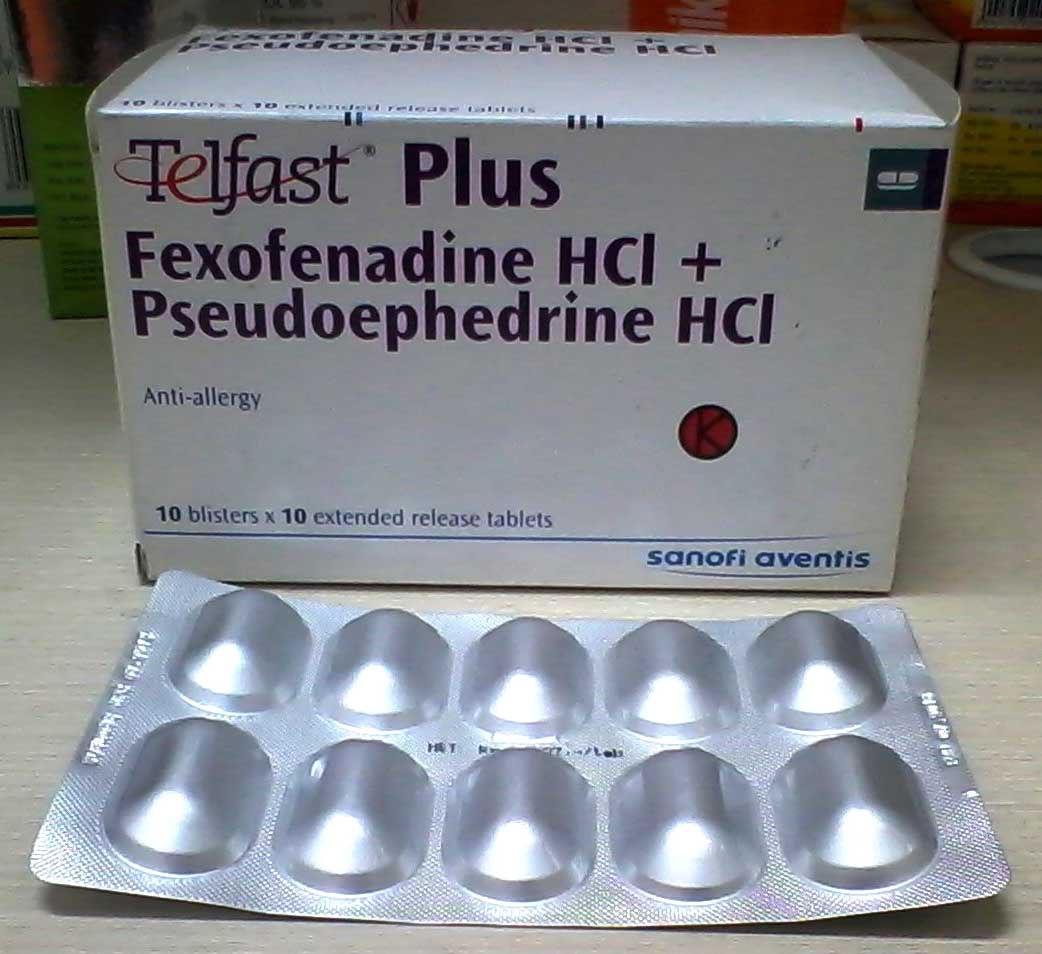Tesla Maintenance Schedule: Complete Guide to Service Intervals
Understand tesla maintenance requirements
Tesla vehicles have revolutionized the automotive industry not exclusively with their electric powertrains but too with their simplified maintenance requirements. Unlike conventional vehicles with internal combustion engines, teslas have fewer move parts and don’t need oil changes, spark plug replacements, or fuel system services. Notwithstanding, this doesn’t mean they’re maintenance free.
Tesla’s approach to vehicle maintenance differ importantly from traditional automakers. The company has designed its vehicles to minimize routine maintenance while maximize reliability and performance. This guidprovidesde comprehensive information about tesla maintenance schedules, costs, and best practices to keep your electric vehicle run swimmingly.
Tesla’s official maintenance recommendations
Tesla doesn’t follow the traditional schedule maintenance program that conventional car manufacturers recommend. Alternatively, they suggest specific service items at certain intervals:
Model 3 and model y maintenance schedule
-
Cabin air filter
replace every 2 years -
HEPA filter
(if equip ) replace every 3 years -
Tire rotation, balance, and wheel alignment
every 6,250 miles or if tread depth difference is 2/32 in or greater -
Brake fluid test
every 2 years ((eplace if necessary )) -
Air conditioning service
every 2 years ((or model y ))nd every 4 years ( f( model 3 )
) -
Winter care
clean and lubricate all brake calipers yearly or every 12,500 miles ((n winter regions ))
Model s and model x maintenance schedule
-
Cabin air filter
replace every 2 years -
HEPA filter
replace every 3 years -
Tire rotation
every 6,250 miles -
Brake fluid test
every 2 years ((eplace if necessary )) -
Air conditioning service
every 2 years for model x, every 4 years for model s -
Winter care
clean and lubricate all brake calipers yearly or every 12,500 miles ((n winter regions ))
As needed maintenance items
Beyond the schedule maintenance, several tesla components require attention base on condition quite than a fix timeline:
Brake system
Tesla vehicles use regenerative braking, which importantly reduce wear on brake pads and rotors. Many tesla owners report their original brake pads last over 100,000 miles. Nevertheless, brake components should be inspected regularly and replace when worn.
Interestingly, because teslas use regenerative braking hence efficaciously, the physical brakes much see less use than in conventional vehicles. This can sometimes lead to brake corrosion in humid environments or areas where roads are salt. Listen for any unusual sounds when brake and have the system check if you notice any issues.
Battery coolant
Tesla recommend replace the battery coolant every 4 years or 50,000 miles for older model s vehicles. For newer models, the battery cool system is design to last the lifetime of the vehicle under normal circumstances.
Windshield wipers
Replace wiper blades as need when they nobelium proficient clean efficaciously. Tesla offer specialized wiper blades design specifically for their vehicles.
Tire care
Due to the instant torque and heavier weight of electric vehicles, teslas can wear tires fasting than conventional vehicles. Regular rotation help extend tire life. Many owners report need new tires every 25,000 30,000 miles, though this varies greatly base on drive habits, road conditions, and tire selection.
Maintain proper tire pressure is particularly important for electric vehicles as it straight impact range. Tesla recommend check tire pressure monthly and constantly use the pressure list on the door jamb sticker, not the pressure list on the tire itself.
Tesla maintenance costs
One of the major advantages of tesla ownership is the reduce maintenance cost compare to internal combustion vehicles. Without oil changes, transmission services, or exhaust system repairs, the routine maintenance costs are importantly lower.

Source: mountainpassperformance.com
Typical service costs
-
Cabin air filter replacement
$$60$200 ( (pend on diyDIY service center )
) -
Tire rotation
$$35$100 -
Brake fluid flush
$$100$200 -
Wiper blade replacement
$$20$40 for standard, $ $80120 for premium -
Air conditioning service
$$50$200 -
12 volt battery replacement
$$85$300
The total annual maintenance cost for a tesla typically range from $80 $600, depend on which services are nneededthat year and whether you choose to perform some maintenance tasks yourself.
Tesla service plans
Unlike many traditional automakers, tesla doesn’t offer prepaid maintenance plans. Alternatively, they recommend scheduling service as need through the tesla app or website. This on demand approach aligns with tesla’s philosophy that electric vehicles require less regular maintenance.
Mobile service vs. Service center visits
Tesla offer two primary service options:
Tesla mobile service
For many maintenance tasks, tesla can dispatch a mobile technician to your home or workplace. This convenient option is available for:
- Tire rotations and replacements
- Wiper blade replacement
- Key fob issues
- Minor body repairs
- Cabin filter replacement
- Software update (though most happen remotely )
- 12 volt battery replacement
Service center visits
More complex issues require a visit to a tesla service center, include:
- High voltage battery concerns
- Drive unit issues
- Major body repairs
- Air conditioning system repairs
- Complex electrical problems
Schedule either type of service is well do through the tesla mobile app, which provide real time updates on appointment status.
DIY maintenance for tesla owners
While tesla vehicles are sophisticated, several maintenance tasks can be performed by owners:
Owner friendly maintenance tasks
-
Cabin air filter replacement
comparatively straightforward in most tesla models with online tutorials available -
Wiper blade replacement
similar to conventional vehicles -
Tire pressure checks
critical for optimal range and should bbe donemonthly -
Washer fluid refills
easy access under the front trunk ((runk )) -
Interior and exterior cleaning
regular cleaning preserve vehicle appearance and value
Tesla provide detailed maintenance information in each vehicle’s owner’s manual, accessible through the car’s touchscreen or the tesla app.
Common tesla maintenance misconceptions
Myth: teslas don’t need any maintenance
While teslas require importantly less maintenance than conventional vehicles, they yet need regular care. Ignore maintenance items like tire rotations, brake fluid checks, and cabin air filter replacements can lead to decrease performance, comfort, and potentially costly repairs.
Myth: tesla battery replacement is inevitable and expensive
Tesla’s battery degradation is unmistakably low compare to other electric vehicles. Data collect from tesla owners show that most batteries retain over 90 % capacity after 100,000 miles. Tesla batteries are design to last the lifetime of the vehicle, which tesla define as 300,000 to 500,000 miles. The battery warranty cover 8 years or 100,000 150,000 miles (depend on model ) with a minimum 70 % retention of capacity during the warranty period.
Myth: tesla service is perpetually expensive
While certain tesla specific components can be costly to replace, the overall maintenance cost is typically lower than comparable luxury vehicles. The elimination of oil changes, transmission services, and exhaust system repairs results in significant savings over the vehicle’s lifetime.
Extend your tesla’s lifespan through proper maintenance
Battery care best practices
The high voltage battery is the nearly valuable component in your tesla. To maximize its lifespan:
- Avoid regularly charge to 100 % unless need for long trips
- For daily use, set charge limits between 70 90 %
- Avoid let the battery regularly drop below 20 %
- Use schedule departure to precondition the battery in extreme temperatures
- Minimize exposure to extreme heat when park
Drive habits that reduce wear
- Smooth acceleration and brake extend component life
- Use regenerative braking to reduce wear on brake pads
- In winter conditions, precondition the battery before drive
- Avoid unnecessary aggressive driving, which can accelerate tire wear
Software updates and their impact on maintenance
One unique aspect of tesla ownership is the regular software updates that can improve vehicle performance, add features, and sometimes yet reduce maintenance needs.
Tesla often releases update that optimize battery management, improve regenerative braking efficiency, and enhance overall vehicle performance. These updates can sometimes extend component life or improve efficiency, efficaciously reduce maintenance needs through software exclusively.
To ensure you receive all updates:
- Keep your vehicle connect to Wi-Fi when park at home
- Install update quickly when notify
- Check release notes for maintenance relate improvements
Regional considerations for tesla maintenance
Cold climate considerations
Tesla owners in cold climates should pay special attention to:
- Brake caliper lubrication (yearly recommend )
- Battery precondition before drive and charge
- Door handle and window maintenance to prevent freeze
- Undercarriage washing to remove road salt
Hot climate considerations
In highly hot regions:
- Park in shade areas when possible to reduce battery heat exposure
- Use cabin overheat protection feature
- Monitor tire pressure more often as heat can increase pressure
- Consider ceramic coating to protect paint from intense sun
Plan for long term tesla ownership
For those planning to keep their tesla for many years, establish a maintenance fund and schedule is prudent. While the day to day maintenance costs are low, finally components like the 12 volt battery, suspension parts, and eventide the MCU (media control unit )may need replacement.
Create a simple maintenance calendar with reminders for:
- Bi annual brake fluid checks
- Tire rotations every 6,250 miles
- Annual inspection of brake components
- Cabin filter replacement every 2 years
- Ac service every 2 4 years (model dependent )
This proactive approach help spread out maintenance costs and prevent multiple service needs from arise simultaneously.
Conclusion: tesla’s maintenance advantage
Tesla’s maintenance schedule represent a significant departure from traditional vehicle maintenance. With fewer move parts, no oil changes, and regenerative braking that reduce wear on friction components, tesla vehicles typically cost less to maintain over their lifetime compare to internal combustion engine vehicles.
The key to maximize this advantage is followeteslas’s recommend maintenance schedule, address issues quickly when they arise, and practice good battery management habits. By do hence, tesla owners can enjoy years of trouble free driving with minimal maintenance interruptions.

Source: teslatrick.com
Remember that while teslas require less frequent maintenance, the care they do need is yet important for longevity, safety, and optimal performance. Establish a relationship with your local tesla service center or authorize third party shop specialize in teslas can help ensure your vehicle receive appropriate care when needed.
With proper maintenance, a tesla can provide hundreds of thousands of miles of service while maintain its performance, efficiency, and drive experience that owners value.



